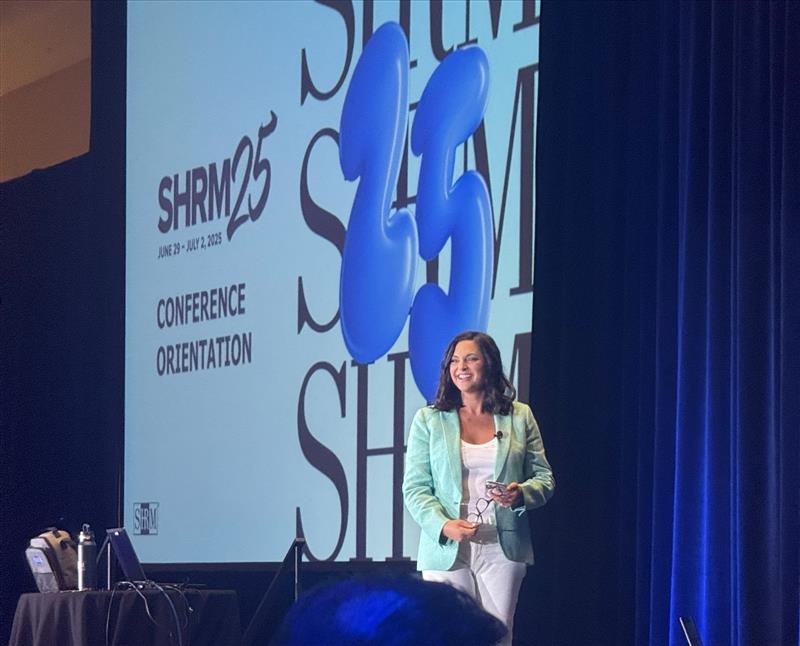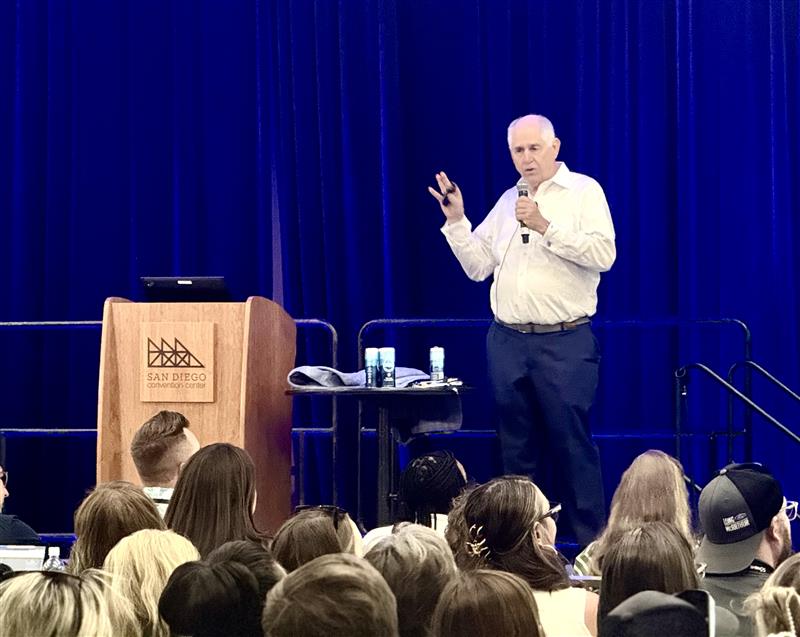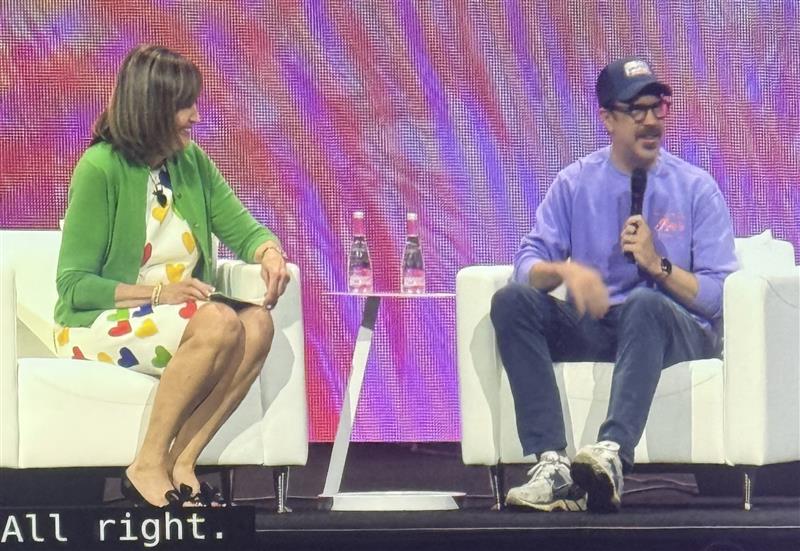SHRM 25, one of the largest HR conferences in the world, kicked off this weekend. We landed in the beautiful town of San Diego on Sunday in time for the initial events, sparking the conversations around HR professionals’ biggest challenges.
After day one, we’ve found 3 strategies all HR leaders need to take back home. The experts have listened, and now they’ve spoken.
Roundtables Are The Best Tables
Orientation kicked off the journey for many first-time SHRM attendees, and while the intro served to explain the conference, our conversation with SHRM’s speakers afterwords spoke to the heart of HR gatherings.
Felix Massey, Senior Director of Customer Experience at SHRM urged all to seek out their community, whether that be by industry, age, or interest, and start conversations. While we go to these conversations for the expert opinions and the big stages, the real value comes from those connections we make with each other. Advice will guide you forward, but a strong network will see you rise throughout your career.
Following that up, Keren Maldonado, Director of Total Rewards for SHRM, said the most valuable sessions in her opinion were the round tables, where HR leaders sit beside their cohorts and actually talk through big issues. They’re conversations, not a class, Keren expressed. It’s an important recommendation for conference attendees, sure— but it’s strong guidance for how you should approach HR in your workplace as well.
Does a strong HR leader lecture their team, or do they have conversations to solve issues? If you’re still unsure, maybe you should talk to your team about it…
Employee Engagement: One Size Actually Just Fits One
The most anticipated first session—filling up so fast that some attendees had to be turned away once the room reached overflow—was an in-depth look at tanking employee engagement with Dick Finnegan, CEO of C-Suite Analytics.
2025 has been a record dip in employee engagement, the reasons for which are many and varied. Economic uncertainty, constant world-changing events, rapidly developing technology—the list goes on. While some may see that as too many issues, too large to handle, Dick argues that the variables are always changing, and so too should your HR approach.
Each situation requires its own set of solutions to be successful. One of the only consistent factors Dick shares that harms engagement is the quality of your managers. A statistic he cited from Gallup stated that “70% of the variance in team engagement is determined solely by the manager.” An employee that feels their manager cares is one that will stay in their role, and engage with their work.
So, how can you guide your managers then? The big item Dick recommends are “Stay Interviews,” opening the door between employee and manager and actually asking how they feel about their position, what currently makes them want to leave, and what would get them to stay. The 5 questions Dick says are key to a good Stay Interview are:
- When you travel to work each day, what things do you look forward to?
- What are you learning here?
- Why do you stay here?
- When was the last time you thought about leaving our team? What prompted it?
- What can I do to make your experience at work better for you?
Final Thoughts & Big Talks
Rounding out the event, award-winning journalist and author, Paula Faris, led the Opening reception to hall packed with HR professionals from all over. With a couple words of encouragement and empathy for the everchanging world we live in, she handed off the stage to Emily M. Dickens, SHRM Chief of Staff.
Dickens introduced 𝐄², SHRM’s new initiative to create a better pipeline for education to employment.
“We’re, raising awareness about programs that address workforce gaps, strengthening advocacy to advance policies that connect learning to labor, [and] driving action through partnerships that prepare talent for what’s next,” said Dickens on a follow-up LinkedIn post.
The initiative is an ambitious stride towards a movement SHRM has long championed, and it’s a show to other HR professionals that in these tumultuous times, change is still possible.
Our takeaway from this talk is a simpler one, but important, nonetheless. These large challenges are ones no one department can face alone. As HR professionals, we can’t carry the world on our shoulders, but we can play a role in connecting everyone to help.
Stay tuned for the biggest takeaways and best HR strategies from SHRM 25!






